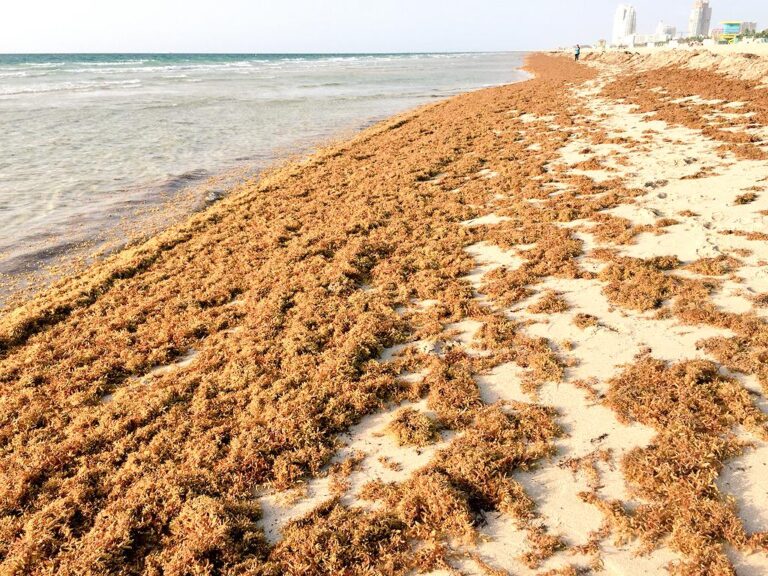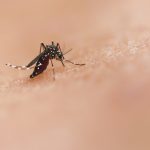The mass of sargassum in the Atlantic decreases by 15%, something never before recorded

The massive sargassum bloom that stretches from West Africa to the Gulf of Mexico has experienced an overall reduction of 15% in size from April to May, a decline that is unprecedented for this time of year, according to scientists.
Researchers from the University of Florida’s Optical Oceanography Laboratory have observed a significant decrease, almost half, in the eastern Atlantic from March to April, followed by another halving from April to May. This reduction in sargassum is a phenomenon that has not previously occurred during this period since 2011 when the Great Atlantic Sargassum Belt (GASB) was established as the largest bloom of macroalgae in the world.
However, the amount of sargassum has slightly increased in the Central Western Atlantic and the Gulf of Mexico, while experiencing a slight decrease in the Caribbean Sea, according to recent reports from the University of Florida.
Compared to the same month between 2011 and 2022, the sargassum levels in these regions remain relatively high, ranking within the top 50% and top 25% percentiles.
The sargassum mass in the Central Western Atlantic has continued to move westward with prevailing currents and winds, while in the Caribbean, it is predominantly found in the Lesser Antilles and along the southern coasts of the island of Hispaniola (Dominican Republic and Haiti), Jamaica, Puerto Rico, and the Mexican Caribbean coast. The presence of sargassum aggregations has also been observed in the Florida Straits, impacting the coastlines of the state.
During the spring break season, many visitors to Florida’s beaches, particularly in the southern areas of the West Coast, encountered the toxic red tide caused by the presence of sargassum.
Looking ahead, due to the unexpected decline in the eastern Atlantic and the relatively stable levels elsewhere, it is difficult to predict whether the amount of sargassum in specific regions will increase or decrease. However, the overall levels are expected to remain relatively high compared to historical values.
One exception may be the Gulf of Mexico, where sargassum levels are likely to decrease in June, bringing relief to residents of the Florida Keys and the state’s east coast.
Nevertheless, the impact of sargassum stranding events will continue to affect coastal regions of the Caribbean Sea and the Gulf of Mexico.
In April, the Great Atlantic Sargassum Belt exceeded 13 million tons in weight, setting a record for this time of year, according to scientists from the University of South Florida. The sargassum bloom is characterized by randomly scattered clumps and mats within the expansive 5,000-mile (8,046-kilometer) belt.


















RD should develop a method to convert this plant/biomass into ethanol fuel and biodiesel for use in vehicles. It should be easy enough to do using established methodologies. Oh well! Enough daydreaming for now. 🙂
The 15% decrease does not lower the heavy cost of the cleanup of the large volumes of sargassum that continue to assault the coasts of the RD. Try explaining how positive this decrease is to the family of the diver who died cleaning sargassum from the Punta Catalina plant water intake.